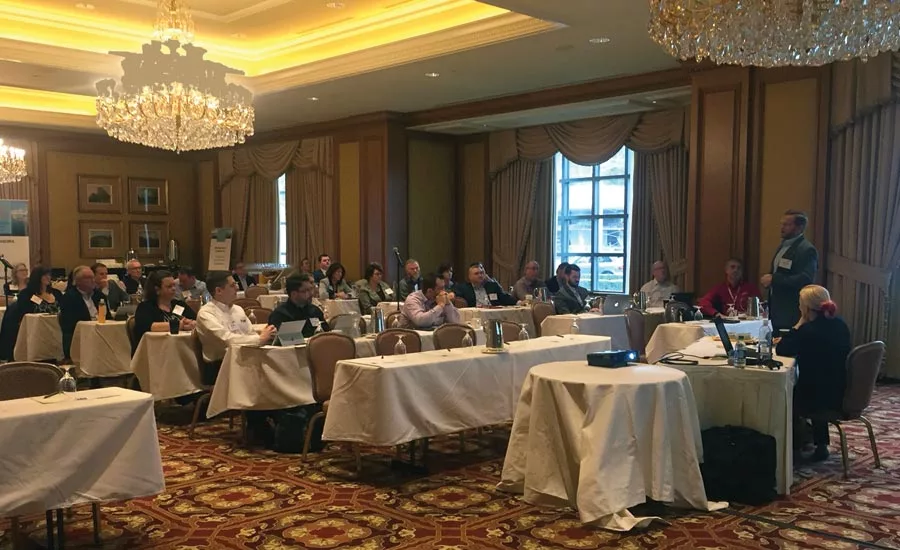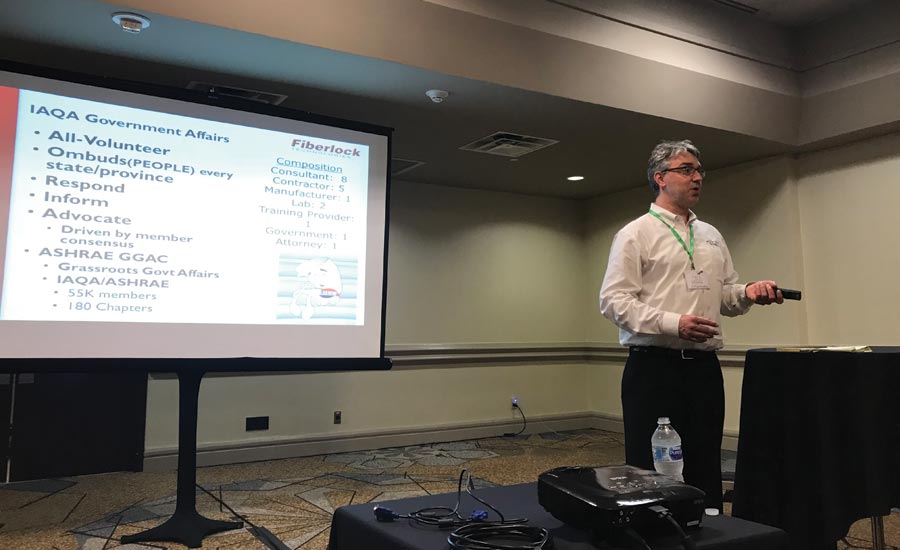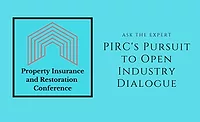Restorer's Perspective
Defining "Restorer"

Photos courtesy of PIRC
On a February day in Salt Lake City, Utah, representatives from major property restoration and insurance companies came together to discuss the state of the industry. They didn’t attend to just sit and listen to a presentation, they were there to create solutions to industry-related problems. This is not your typical conference, and the Property Insurance and Restoration Conference (PIRC) invites everyone to speak up and be heard in a variety of industry categories.
Among meeting topics such as insurance requirements, photo documentation, volunteer organizations and more, a major topic at the spring conference was: “What defines a restorer?” Essentially, what are the minimum requirements to be considered a restorer? Insurers and third-party administrators hand out credentials, check references, and verify certifications but as an industry there is no adopted specific definition.
A lively discussion ensued touting the benefits to the insurance company, restorer, TPA, and the consumer if the question could be reliably answered. TPA’s and insurance companies felt a baseline definition would give them a good starting point when evaluating restorers for entry to program work or even outside of program. Restorers felt they could use it as a selling point to consumers and it would give consumers a good place to start when considering a restoration company.
When the comparative industry of automotive collision repair addressed a “minimum requirements for a Class A collision center” in the Collision Industry Conference around 1997, the endeavor took about two years to complete. To be updated for re-release as the “collision repair provider definition” in 2017, it again took about 18 months of committee work and meetings to consensus the group. Spelling out general equipment and capabilities requirements as well as general training and certification requirements, the document shows an overview of benchmarks necessary to be identified as a legitimate collision repairer. The same outset of ideals could be true for property restoration and a model to springboard from for PIRC.

Photos courtesy of PIRC
This potential definition is just the sort of work product the PIRC was created to do. It brings together all members from segments of the restoration industry and gives them a chance to discuss problems in the industry, come up with solutions, and learn from other industry professionals. A recent appeal letter (http://gotopirc.com/news/2018/3/28/an-appeal-to-our-industry-from-dale-sailer) to the industry from Dale Sailor, an industry participant, identified specifically the ways that attendees can maximize their participation with PIRC.
Some of the people who show up aren’t even paid to be in the industry. David Melber of Send Relief, an organization of volunteers who help clean up after disasters, presented a new point of view for the attendees to consider. Their organization volunteers assist devastated home owners with the initial mud-out process, and all of their training and certification takes place internally. The attendees were impressed with the organization’s ability to standardize a process for 25,000+ people helping in the midst of a major disaster. Melber shared they do occasionally have problems with people impersonating Send Relief members to take advantage of property owners. Overall, the group collective offered to assist them with interacting with the property restoration professionals to achieve a more symbiotic experience post-disaster.
After listening to Mr. Melber, the room was energized to make positive changes in the industry to help all sides improve their business models and the consumer experience. Moderator Jordan Hendler stepped in to offer a bit of guidance to move the group forward in their endeavors. She suggested a good first step would be to have the newly formed Definition Committee review the working training documents for Send Relief to give the industry a go-to option for other volunteer organizations to model after. The group agreed and several attendees volunteered to serve on the committee.
The other top opportunity for definition, brought forward in several of the meetings to date, was the need for outlining best practices for photo documentation. Hoping to bridge gaps of efficiency for many segments, this effort could give detailed insight as to how to properly acquire photos, as well as label and categorize them for best use by other partners in the claim process. Many attendees of PIRC felt that this simple endeavor could raise the bar for communications between them substantially, in terms of competencies for documenting.
The definition committee will have its first presentation at the PIRC conference in Chicago on July 19. All are welcome to be involved. If you have thoughts to share on what a property restorer is, or if you would like to attend the Property Insurance and Restoration Conference visit www.gotopirc.com
Looking for a reprint of this article?
From high-res PDFs to custom plaques, order your copy today!








